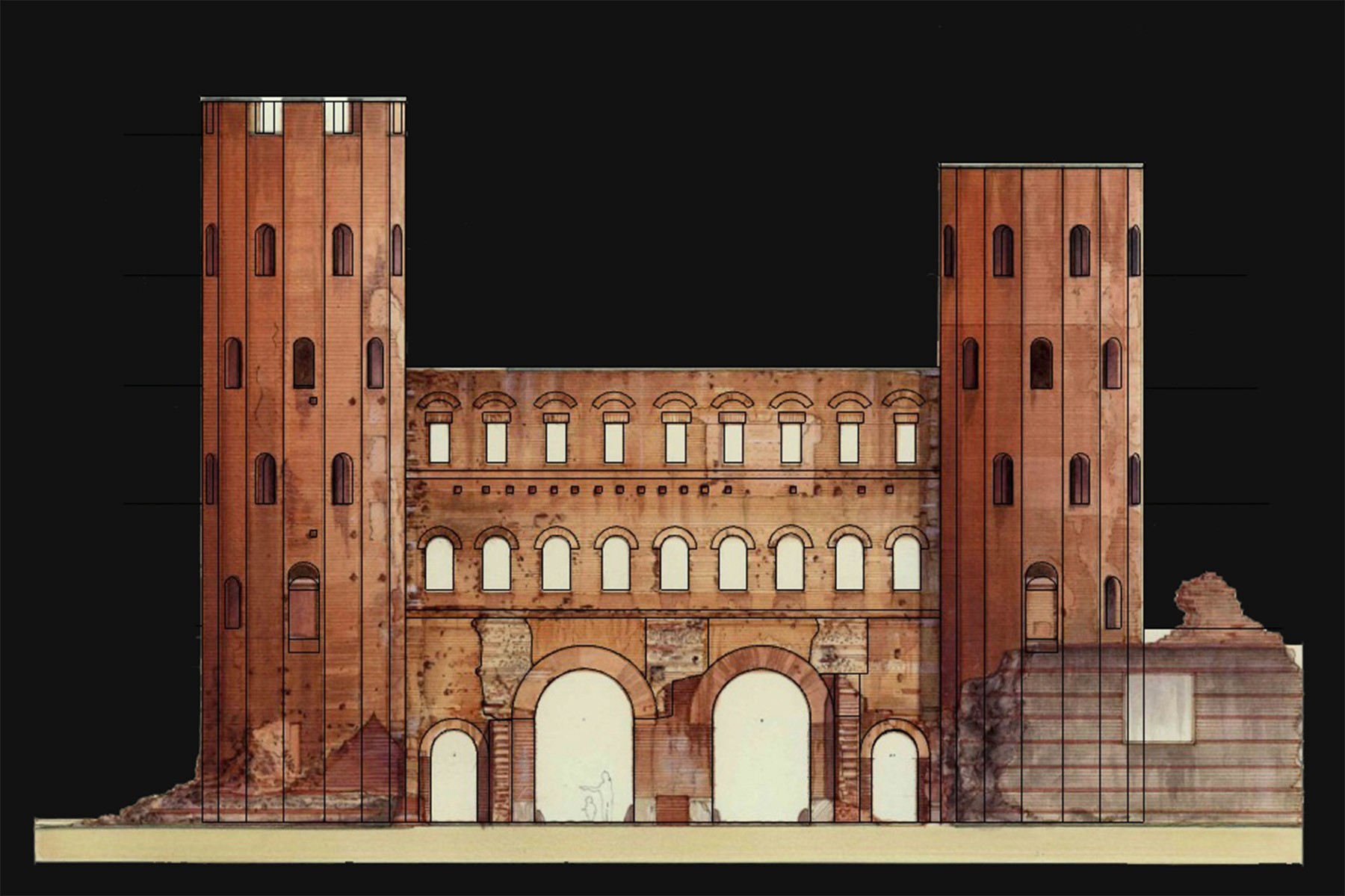Holopolis
Story
Holopolis specializes in preserving high-fidelity 3D models of ancient artifacts and archeology for future generations. You can think of them as the guardians of our collective memory on a mission to save the future of ancient history. As they put it:
“Our 3D Library and crowd-sourcing tools empower communities worldwide to participate in the preservation and reconstruction of ancient sites and artifacts”.
Here’s how they do it:
People Power: They crowd-source photos of historical sites.
3D Magic: Using those photos, they create detailed 3D models of buildings and artifacts
Permanent Record: Upload everything on Arweave to build the biggest, available, most permanent 3D archive of cultural heritage on the web.
Holopolis uses ArDrive’s Turbo to upload all of their files onto Arweave. What is Turbo? Turbo is an uploader that any team can use to integrate Arweave uploads into their applications and workflows.
Turbo does two things for applications:
An ultrahigh-throughput service that streamlines the funding, indexing, and transmission of data to and from Arweave.
Uploads those files in either USD or other cryptocurrencies such as ETH, SOL or AR.
We asked the Holopolis team some questions about their project and our shared passion of permanence! As well, we dig deeper into the integration of Turbo into their workflow. Check out our interview below!
Our Interview
What specific challenges did Holopolis face in managing and preserving its 3D models of ancient sites and artifacts before using Arweave?
We were regularly scanning and creating photogrammetric models of ancient sites and artifacts. Storing them on a hard drive made it difficult to collaborate, as our team is located in different parts of the world, using cloud storage bothered us as we had to do monthly, never-ending payments. Hence we started our search for decentralized storage options with the hopes of solving permanence, accessibility, and cost at the same time.
Can you elaborate on the decision-making process that led Holopolis to choose the Arweave for storing its 3D models?
We started with cloud providers’ storage options and then explored the blockchain scene with different decentralized storage options. We knew permanence was one of the key elements of our project, so after we discovered the Arweave ecosystem, we knew we were in the right place!

How has the integration of Turbo impacted the efficiency of uploading 3D models to the Holopolis library?
We looked at different decentralized options to store our library. Arweave and Turbo offered a combination of values including cost-efficient long-term storage, ease of use, clean UI, and in-built tools such as data licensing and bulk download/upload.
How does Holopolis plan to leverage the immutability and permanence of the permaweb to enhance the trustworthiness and authenticity of its 3D models for researchers and the public?
We started holopolis to create a digital library for cultural heritage assets that would live on, forever. On Arweave, each 3D model we upload is timestamped and associated with the corresponding license type, ensuring that the history of creation, modification, and contributions is fully transparent and verifiable. This solution ensures open access for researchers and the public, guaranteeing that data cannot be altered or deleted, which is crucial for maintaining long-term data integrity, especially in the field of cultural heritage preservation where the original artifacts, monuments, or statues can be destroyed, degraded, or simply lost.
Can you describe the user experience of uploading 3D models through Turbo?
Using Turbo was easy to understand from the get-go. We had no issues thanks to the clean UI that was self-explanatory. The ability to adjust folder structures, names, and licenses was great during our experimentation process, especially because we wanted to make sure our file organization remained neat. Now both our team members and others interested in our models can access the library with ease.
What are Holopolis’s future plans for expanding its 3D model library?
We have two separate operations going on to expand our 3D model library. The first method consists of scraping the web for museum collections that are published with a CC0 license and uploading them to permaweb to ensure their immutability, in case the current host websites, databases, and libraries cease to exist for whatever reason. The second method is field operation, where we go to ancient sites to scan artifacts and buildings and create photogrammetry models to upload to permaweb. We plan to continue both operations to expand our library.
What advice would you give to other organizations, particularly those in the cultural heritage sector, considering using Turbo and Arweave for preserving and sharing their digital assets?
We would recommend utilizing Arweave and Turbo for any project/organization that is looking for a “pay once store forever” solution. We believe permaweb is a great solution for preserving important digital objects for future generations. The intuitive UI of Turbo is a great service and its open-source nature is also beneficial for both the open-source culture and potential security concerns.

